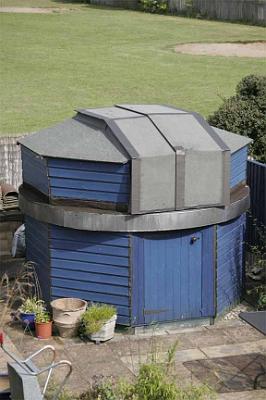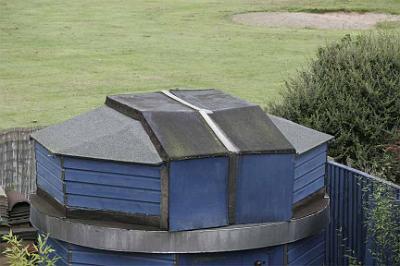
Six years on and gravity and the British weather have taken their toll on the shutters. These were originally constructed from 4 mm plywood on a timber frame made from 45 mm x 18 mm baton, in order to keep the weight down. They were felted on the flat top and the slope over the roof, but not on the vertical front face. And this is how they looked just before I began the makeover....
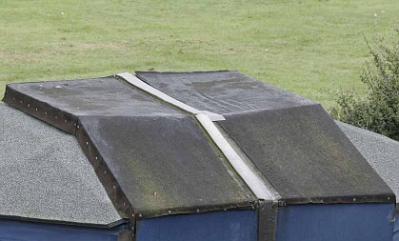
Since there is no support for the centre of the shutters, they have sagged slightly in the middle, so rain water has collected in the middle and seeped under the felting, which has begun to curl up a little at the edges, this is quite apparent if you look at the close-up view here.
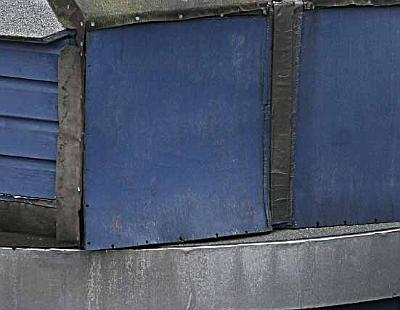
The vertical face of the shutters is open to the weather, and I think that after a heavy downpour the bottom was sitting in pooled water for extended periods, so the plywood has warped and pulled away from the frame, So, they were beginning to fall apart and getting wet, starting to get interesting growths as a result of the damp and worse of all they were letting water in. Luckily the worst leak was not dripping onto the telescope, but just in front of it and this was getting the carpet very wet - and I got some interesting mushrooms on that too.
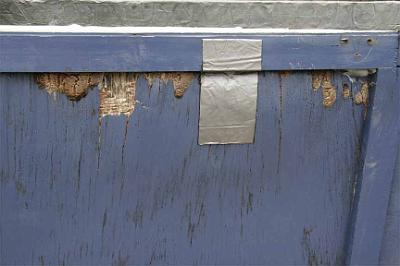
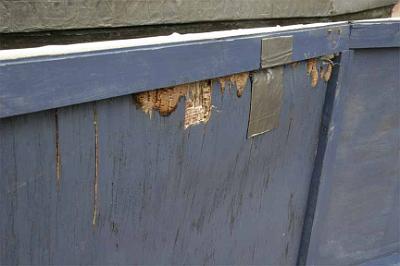
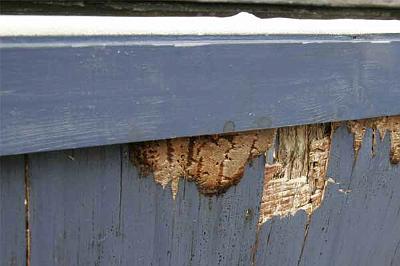

Time for new shutters!!!
But to learn from a few lessons I needed to ensure that,1. The material is more robust to minimise sagging and warping. So use stronger stuff, I opted to use 33 mm x 33 mm baton for the frames and 9 mm plywood for the coverings. I also decided to put fish plates at the points where the individual surfaces meet to make the structure stiffer and less likely to sag.
2. The weather proofing is better. Do all the felting before the new shutters are erected so that the weather has no chance to get at the timber. Also put a slope on the surface so that water drains to the edges and not to the centre. So in cross section the new design is as shown here.
